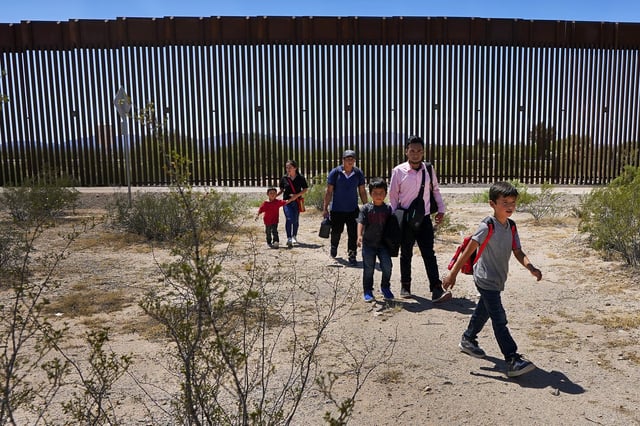Overview
- Pew estimates the foreign‑born population peaked at 53.3 million in January 2025 and slipped to 51.9 million by June, lowering the share of U.S. residents from 15.8% to 15.4%.
- Researchers link the reversal to policy shifts that began with tighter asylum rules in mid‑2024 and to stepped‑up arrests, removals and rescinded protections under the Trump administration in 2025.
- The unauthorized population reached a record 14 million in 2023, driven largely by people with temporary protection; preliminary 2025 data indicate a decline from that peak.
- The U.S. workforce lost more than 750,000 immigrant workers between January and June 2025, with potential strain for sectors that rely heavily on immigrant labor such as construction, agriculture, and leisure and hospitality.
- DHS has promoted a larger short‑term drop based on outside estimates, but those figures lack independent department data and demographers note CPS response‑rate and sample‑size limitations; California remains home to the largest immigrant and unauthorized populations, with Texas, Florida and New York following.



